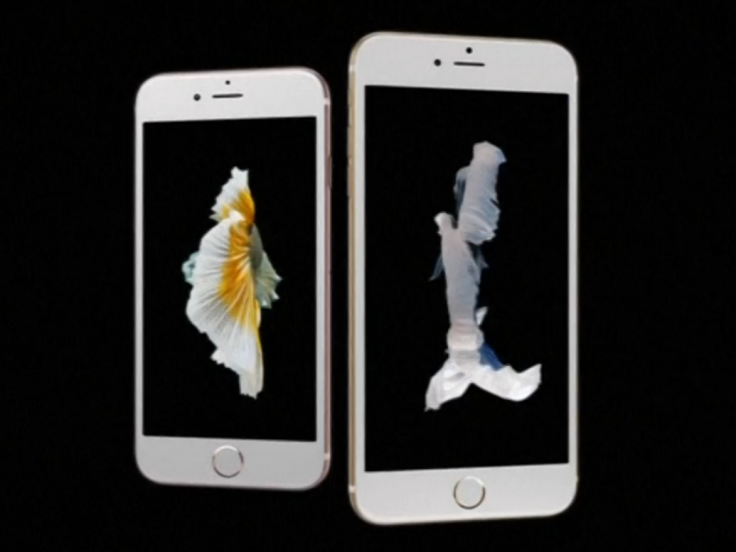iPhone 6s vs the iPhone 6s Plus? Which one should you choose? If it’s finally time for an upgrade, it all depends on if you want a phablet or a phone.
Specs wise, in the iPhone 6s vs iPhone 6s Plus debate, the iPhone 6s Plus is much better, boasting almost twice as much battery capacity and a more densely pixelated display compared to the iPhone 6s. The iPhone 6s, with its retina HD LCD screen, clocks in at 1334x750 pixels, while the iPhone 6s Plus LCD screen is sitting pretty at 1920x1080 pixels, enough to be able to play 1080p video. All this translates into a pixel density of 326 PPI for the smaller iPhone 6s, vs a much sharper pixel density of 401 PPI for the larger iPhone 6s Plus.
Measurement wise, the phones are 4.7-inches vs 5.5-inches diagonally across respectively. That extra almost-inch in the iPhone 6s vs the iPhone 6s Plus debate is important, and it has major ramifications on how the device feels day-to-day. It’s the difference between having to deal with an obnoxious oversized rectangle in your pocket, poking at you every time you sit down, or a phone that slips into your pocket like a stick of butter. If the phone is typically carried in a purse however, then that causes the major disadvantage of the iPhone 6s Plus to disappear.
Reachability is the last concern with the phones’ sizes. While Apple does have a mode allowing the iPhone 6s Plus to be used with one hand, where the top half of the screen slides down toward you, the feature is still a bandage on a design flaw the iPhone 6s lacks, one that adds an extra step to the user interface. The size of the iPhone 6s Plus is one of those things that doesn’t sound so bad at first, but gets more and more annoying the more you are forced to compensate for it.
Thankfully, despite how tirelessly Apple tried to publically ignore the scandal, bendgate is no more and both the iPhone 6s and the iPhone 6s Plus carriage casings have been beefed up substantially. Structurally, both phones have had the aluminum in their casings upgraded from a Series 6000 to a Series 7000. The latter is much stronger, almost twice as strong in fact. Compared to the iPhone 6 casing, which bends at around 30-pounds, the new iPhone 6s casing won’t bend until 70-pounds.
Camera wise, the iPhone 6s Plus has the advantage again, with a feature called optical image stabilization (OIS). Although the cameras in both phones received a major upgrade from the iPhone 6 and the iPhone 6 Plus cameras, from 8-megapixels to 12-megaixels, and a new software optimization is being released called deep trench isolation that should help both phones take photos better in low light situations, the extra room in the iPhone 6s Plus carriage allows it incorporate OIS, unlike the smaller iPhone 6s. OIS helps the photo sensor compensate for small hand movements that may blur a photo as it is being taken, something that is especially useful in low light situation.
Landscape mode is the last major advantage of the iPhone 6s Plus. Many of the native Apple apps have been redesigned for the iPhone 6s Plus, like the stocks app for example, which leads to a more fluid user experience of iOS. Secondly, the home screen can also be used in landscape mode, much like the iPad, adding a dimension that the iPhone 6s lacks.
Unless it can be put into a purse, the sheer size of the iPhone 6s Plus is a major design problem for day-to-day life. However, the iPhone 6s is definitely the worse of the two in regards to specs, with less battery capacity, a lesser quality screen and a camera sensor that lacks OIS. If size is no issue, go with the iPhone 6s Plus vs the iPhone 6s – if you can’t live with such a big phone, go with the iPhone 6s.

















